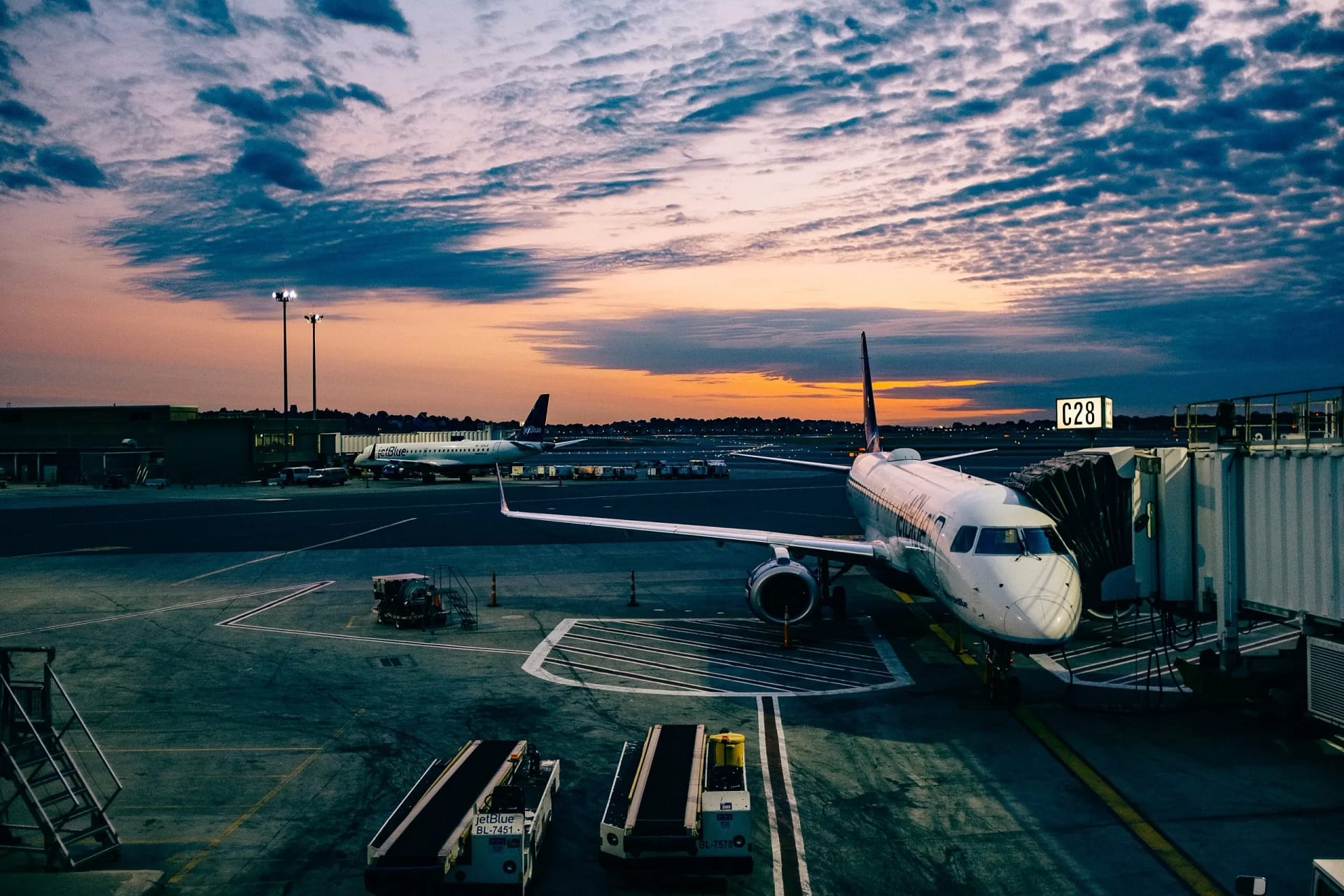What is Aviation Insurance?
Aviation Insurance is a specialized form of insurance coverage that provides protection for individuals and businesses involved in aviation activities. This type of insurance is designed to address the unique risks and liabilities associated with the ownership, operation, and use of aircraft, including airplanes and helicopters. Aviation Insurance is crucial for mitigating financial losses that may arise from accidents, damage to aircraft, third-party liabilities, and other aviation-related incidents.
Key components of Aviation Insurance include:
Hull Insurance: Coverage for physical damage to the aircraft itself. This includes damage from accidents, fire, theft, vandalism, and other perils. Hull Insurance is often tailored to the specific type and value of the aircraft.
Liability Insurance: Protection against third-party liabilities arising from bodily injury or property damage caused by the insured aircraft. This coverage is essential for addressing legal and financial consequences resulting from accidents.
Passenger Liability: Specific liability coverage for bodily injury or death of passengers on board the aircraft. This component is especially relevant for commercial aviation operations.
Third-Party Property Damage: Coverage for damage to property belonging to third parties caused by the insured aircraft. This can include damage to buildings, vehicles, or other structures.
Combined Single Limit (CSL) Policies: Some policies combine various liability coverages into a single limit, providing a lump sum for all covered liabilities resulting from an incident.
Hangar keepers Insurance: Protection for damage to aircraft while they are stored in hangars. This coverage is typically relevant for businesses operating aviation facilities.
In-Flight Insurance: Coverage for passengers and their personal belongings while the aircraft is in flight. This may include coverage for medical expenses and personal effects.
Non-Owned Aircraft Liability: Liability coverage for individuals or businesses that use or rent aircraft not owned by them. This is common for businesses or individuals involved in aviation but do not own the aircraft they use.
Aviation Workers’ Compensation: Coverage for injuries or illnesses suffered by employees working in the aviation industry. This is a crucial component for businesses with employees involved in aircraft maintenance, ground operations, and related activities.
Aviation Insurance is a complex and highly specialized field due to the unique risks associated with aviation. Policies are often tailored to the specific needs of the insured party, taking into account factors such as the type of aircraft, its usage, and the nature of aviation operations. The industry adheres to strict safety standards, and insurance is a critical component in managing and mitigating risks in the aviation sector.

Things to consider with Aviation Insurance
When considering Aviation Insurance, there are several key factors and considerations to ensure comprehensive coverage and effective risk management:
Type of Aircraft: Clearly define the type of aircraft being insured, including its make, model, age, and usage. Different aircraft may have varying insurance requirements and associated risks.
Intended Use: Specify the primary use of the aircraft, whether it’s for private, commercial, or business purposes. The intended use can impact the type and extent of coverage needed.
Coverage Limits: Evaluate the coverage limits provided by the insurance policy. Ensure that the limits are sufficient to address potential liabilities and financial losses in the event of an accident or incident.
Hull Value: Determine the hull value of the aircraft, which represents its insured value for physical damage coverage. The hull value should accurately reflect the current market value of the aircraft.
Liability Coverage: Assess the liability coverage to ensure it aligns with the regulatory requirements and potential liabilities associated with the aircraft’s operation. Consider passenger liability, third-party property damage, and other liability components.
Pilot Qualifications: Provide information about the qualifications and experience of the pilots who will be operating the aircraft. Pilot experience and training are important factors that insurers consider.
Safety Measures: Implement and document safety measures and protocols within the aviation operations. Safety practices can positively impact insurance premiums and demonstrate a commitment to risk mitigation.
Hangar Storage: If the aircraft is stored in a hangar, ensure that the insurance policy includes coverage for damage that may occur while the aircraft is in storage. Hangar keepers Insurance may be necessary.
International Operations: If the aircraft will be used for international flights, verify that the insurance policy provides coverage for operations in the intended geographic areas. Some policies may have limitations or require additional endorsements for international operations.
Claims Handling and Support: Evaluate the insurer’s claims handling process and support services. A responsive and experienced claims team can make a significant difference in the aftermath of an incident.
Maintenance Records: Maintain accurate and up-to-date maintenance records for the aircraft. Insurers may request documentation to assess the overall condition and airworthiness of the aircraft.
Regulatory Compliance: Ensure that the insurance policy complies with aviation regulations and requirements set by aviation authorities. Non-compliance could lead to legal and financial consequences.
Market Conditions: Stay informed about market conditions and trends in the aviation insurance industry. Changes in the market may impact premium rates and coverage availability.
Loss Control Measures: Implement loss control measures, such as safety training programs and maintenance protocols, to minimize the risk of accidents and incidents. Insurers may consider these measures when determining premiums.
Exclusions and Endorsements: Review policy exclusions and endorsements. Understand any specific situations or conditions that may not be covered or may require additional endorsements.
By carefully considering these factors and working closely with experienced aviation insurance professionals, aircraft owners and operators can tailor their coverage to meet specific needs and mitigate risks effectively. Regular reviews and updates to the insurance coverage are essential to adapt to changing circumstances and ensure ongoing protection.
Contact Thailand Insurance Service for a free consultation, more information about the Aviation Insurance specialty market, or to arrange cover for you or your aviation business, please contact us.







